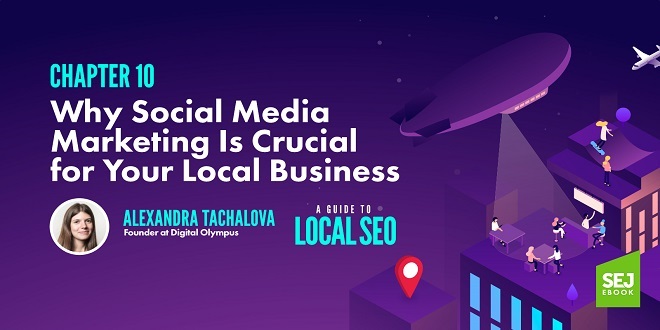Importance of Information Architecture in UX Design Process

Build Bridges, Not Labyrinths with Information Architecture Services Capabilities
Most of the businesses that have placed their respective digital products at the forefront must be familiar with the concept of UX design by now, and they are likely to have also come across the term ‘Information Architecture’ or ‘IA”. Information Architecture Services, especially, involves the organization of intricate information in a precise and logical way. There is certainly a dire need for information architects in today’s digital age, and it is even more imminent now than ever that every business handling and working with data needs to be conscious of IA.
All of the plans are made carefully ahead of time to make sure that all the information and content generated doesn’t get out of hand or go to nothingness. Businesses need to present their digital products in a way that keeps in mind that consumers are usually accustomed to finding what they need and when and where to find it easily, so it demands conducting extensive and thorough user research and testing. Otherwise, this could give rise to the possibility of consumers leaving before reaching the required goal since they weren’t able to find what they were looking for in the first place, and this is a clear-cut sign of a bad user experience.
A Look at Information Architecture’s Impactful Role in User-Centric Digital Space
Due to this reason and rising competition in the tech market, creating a digital product with near-perfection is a must and can mostly be achieved with the help of comprehensive user research and testing. Given the current scenario, information plays a crucial role, and Information Architecture Services has become even more important than ever. Users are easily captivated when any of the digital products provide them with an instant delight. If finding the required information gets too complex or too slow, then this will eventually lead to users abandoning the navigation process in the middle and starting to look for other alternatives.
There could be times when users know exactly what they want, so businesses need to take advantage of this opportunity to showcase their options in a way that users don’t have to spend much time looking for or browsing for them. A perfectly structured information architecture has a great impact on the user experience as it facilitates users to achieve their objectives in a much more seamless way, even if the destination is inclusive of a plethora of options. Therefore, again, it is pivotal for businesses to consider this factor about their users who are seeking their information so that they don’t go wrong while designing the user journey, which ultimately could be achieved only after apprehending users’ preferences to build the required architecture components.
Information Architecture’s Ripple Effect on Sales, Reputation, and Customer Loyalty
If the information architecture is not good enough for the internal content, then it eventually leads to wastage of productivity and resources as well as the inability to uplift businesses to a successful level. If all users are not able to find the required products, then it would result in decreased sales, and the aftermath could possibly be there to stay in the long run. As users abandon a particular website, it becomes difficult to convince them and get them back. Instead, they’ll opt for other alternatives, or our competitors, to be more precise, who may provide solutions to their problem accordingly. And since sales mainly rely on word-of-mouth, especially if it is happening in the service sector, this could potentially have a drastic effect in a bad way, which could impact a business’s network of potential users.
Depending on the type of business, finding and convincing new members could help in achieving some of the key targets. If that is the case, then the sign-up pages as well as the steps to get there must be designed carefully by conducting extensive UX research. Just in case it is too complex,the register or users may not be willing to give their personal data, which could mean that the site may not be able to gain enough traction. If all users are not able to keep up with the desired information about the business’s products or services, then the marketing costs will have to be increased to an exponential level to achieve similar results.
If businesses start opting for paid traffic to their site, it could potentially be much easier for users who may wish to navigate from a particular page to where they wish to go. If users keep on leaving the site before even completing the required action, then businesses may have to end up spending a hefty amount of money on remarketing to potentially win back their customers. Moreover, poor website design could lead to less organic traffic because it would rank low in the search results and have fewer visitors to the page.
Concluding Notes on User-Focused Information Architecture Excellence
Today, there is a tonne of information available out in the digital space and attention spans are fleetingly less. We, as a User Experience Design Company, are offering Information Architecture Services to assist your business in building an intuitive user experience that leads to captivating meaningful engagement with users as the information is structured and directly influences user interaction. Opt for services to make sure that your business’s digital platform is not just a repository of data but a well-organized, user-friendly space where visitors can easily find what they’re looking for, right from designing clear navigation pathways to optimizing content categorization to improve overall usability and effectiveness of your digital presence, today!




